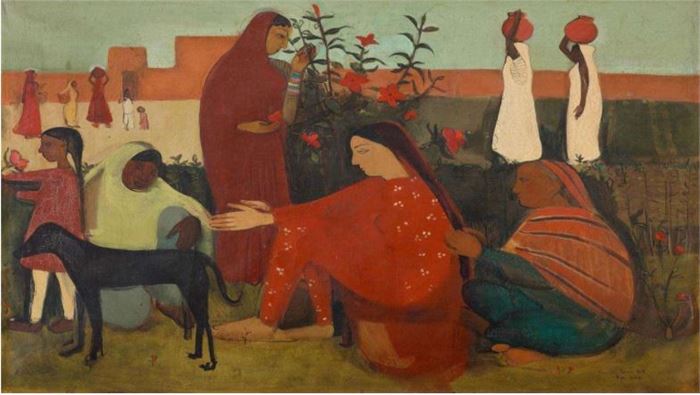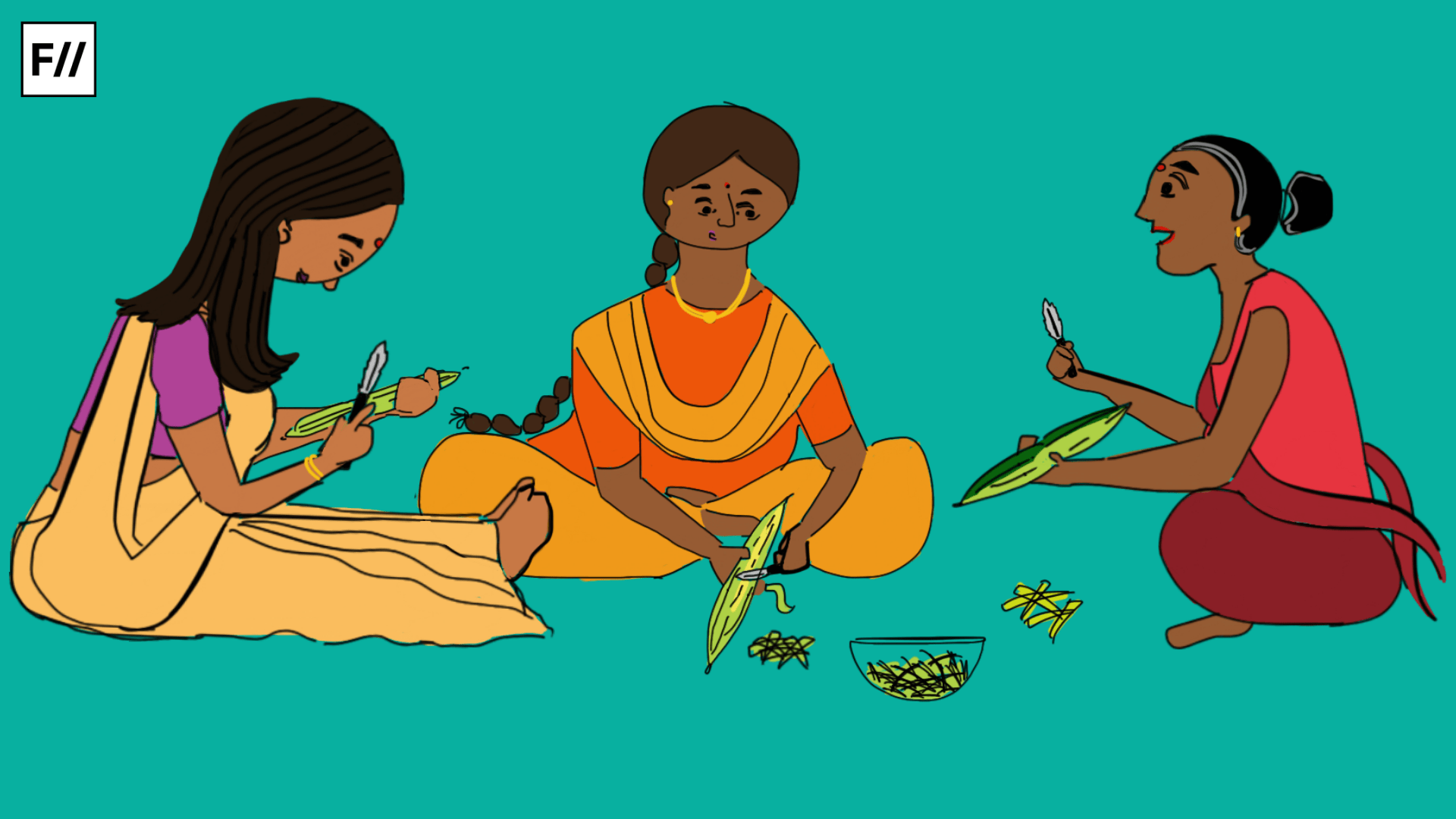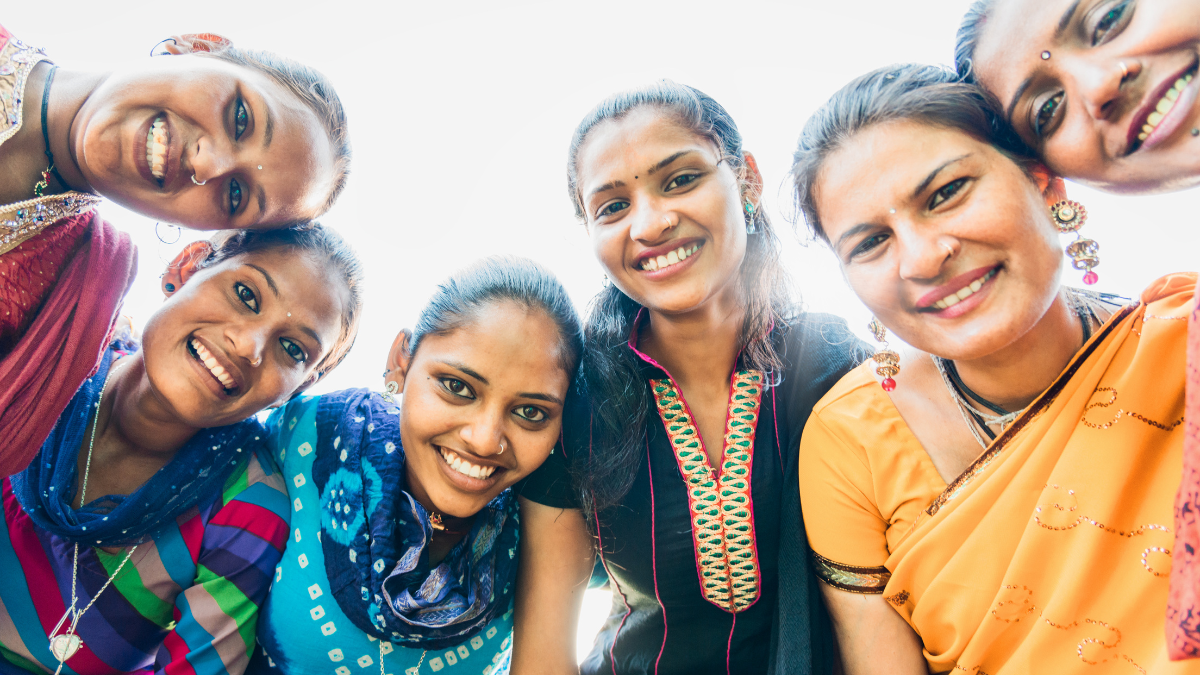Editor’s Note: FII’s #MoodOfTheMonth for March, 2022 is Women’s History Month. We invite submissions on the contributions of women, the trajectory of the feminist movement and the need to look at history with a gender lens, throughout the month. If you’d like to contribute, kindly email your articles to sukanya@feminisminindia.com
Patriarchy is a term which was originally referred to describe the rule of a patriarch over his household consisting of women, children, other ‘junior men’ and servants. In our modern day context. the term has evolved to generally refer to a system of male domination and the power relationships by which men dominate other genders, and keep them subordinate in a number of ways. Incidental to this ideology is the notion that men are the superior gender and hence, this subordination is deemed legitimate.
As we look at rescuing history from the male-gaze in its interpretation, feminist historians recover not only the presence of women but also their active roles in shaping the spaces they occupied. The documentation of the struggles of women who preceded us is extremely important, and humbling.
But feminist history writing is not empowering only because it narrates stories of revolutionary women who paved the way for feminist assertions. It is also empowering because they demystify gender constructs and shake the sedimentation of status quo by allowing us to see a continuity in our existence, presence and resistance. This story is about one such woman.

How my great grandmother negotiated patriarchy
In our families, patriarchy ensures that the names of fathers, grandfathers and men even beyond that, are well remembered, for they are invoked during rituals, taken on as surnames and enjoy legal rights of inheritence. Women are forgotten, for once they are dead, they do not serve much purpose.
Amrit Bhama, my great grandmother’s name, however survives these erasures, perhaps because she did something monumental and most importantly, of economic value. Personally, I am not fascinated by what she establishes, but by how she establishes it.
Amrit Bhama was my paternal grandmother’s paternal aunt. Eldest of four children, Amrit was born in 1825 as I am told, in a well-to-do, landowning family. As was the norm for most women of the time, she was married at a young age of 14 or 15, to a much older man. While this was clearly not an exceptional occurrence in the period, it is likely that young Amrit was devastated by it.
When our private history is told, it is often one of passivity where women accept their position and often show no resistance to subordination. An arc such as this, places a premium on female passivity. Amrit’s story is different from this. She sure resisted one form of patriarchal subordination for another, yet, the trade-off is one where she exercised her ability to choose and mould circumstances to her liking
She was married to be the daughter-in-law of a family in the Bhagalpur region of modern Bihar. Her husband was a well reputed vakil (lawyer) and consequently, the couple, besides abundant ancestral wealth, also had copious amounts of personal wealth. However, the early death of her husband, meant that Amrit became a young, childless widow.
However, she was very well loved by her in-laws and the family eagerly insisted on her staying within the confines of her husband’s estate, even post his death. While at the surface, to some, this may look like a rosy story, to be a young widow and to be robbed of all of life’s pleasure so early on, without the comforting touch of one’s siblings and parents was perhaps even in face of all the love, not easy.
Also read: ‘Feminism Is Not A Battle, It Is A Meticulous Surgery’: An Account Of Feminist Vision Through Generations

Besides, I wonder what bonds of love and filiality could exist between Amrit, her husband and in-laws when the age gap between the couple was large, and the time spent together, hardly much. While the “love” showered over Amrit may have been genuine, it is also likely that it was motivated by a desire to keep property within the family.
When Amrit came of age and likely realised the source of the insistence on her staying with her in-laws, things took a different turn. As one of the legal heirs to her husband’s ancestral and personal wealth, she decided to bestow it to her natal family. This was a precarious task. Consequently, started the process of first ‘smuggling‘ money, then gold and finally property papers through her brother, to her native home in Chandpura, Bihar.
One fine day, after months of insistence, Amrit got the permission to leave for her natal home on the condition that she would be back before the fortnight. Amrit returned to her Maika, after 6 years, and never went back. Her father used the money and property that Amrit had to buy land in his village and areas around. Overnight, from a relatively stable family, they became the richest zamindars (used here as the landowner and not as the feudal symbol) of the region.
But what also links me to Amrit besides our struggle, is the assumed privilege of inheritance that she left me. My grandmother, despite being a woman, inherited her family’s land on an equal footing with the sons. What is still a rarity in many households was given to her rather easily. What was Amrit’s resistance is now an assumed privilege for women after her in the family. One step of historic resistance goes miles in remoulding the worlds we leave behind for other women
Why is this private history important?
When our private history is told, it is often one of passivity where women accept their position and often show no resistance to subordination. An arc such as this, places a premium on female passivity. Amrit’s story is different from this. She sure resisted one form of patriarchal subordination for another, yet, the trade-off is one where she exercised her ability to choose and mould circumstances to her liking.
It is empowering to hear Amrit’s story, and her name continues to be a part of the memories of later generations of the family, though such remembrance comes with the pain of the forgotten names of many other women in the family tree. What links me to Amrit, besides our familial ties, is the shared reality that as a woman to be remembered, even by my own future generations, perhaps a tectonic achievement is the path I must tread on.

But what also links me to Amrit besides our struggle, is the assumed privilege of inheritance that she left me. My grandmother, despite being a woman, inherited her family’s land on an equal footing with the sons. What is still a rarity in many households was given to her rather easily. What was Amrit’s resistance is now an assumed privilege for women after her in the family. One step of historic resistance goes miles in remoulding the worlds we leave behind for other women.
That is the thing about resistance – it shapes the lives of people for better, long after the people who lead it are no more. On the flip side, it equally stands true that resistance in its absence also shapes lives by strengthening status-quo, and patriarchy.
Also read: Choosing To Be A Cycle Breaker: Navigating The Generational Trauma Of Parental Abuse
Featured Image: Ritika Banerjee For Feminism In India
About the author(s)
Harshita is a public policy consultant working at the intersection of gender, climate change, and disability. An alumna of Jesus and Mary College, University of Delhi, and the Institute of Development Studies, University of Sussex, her work draws on her training in History and Development Studies to unpack gender as a social and structural construct.




